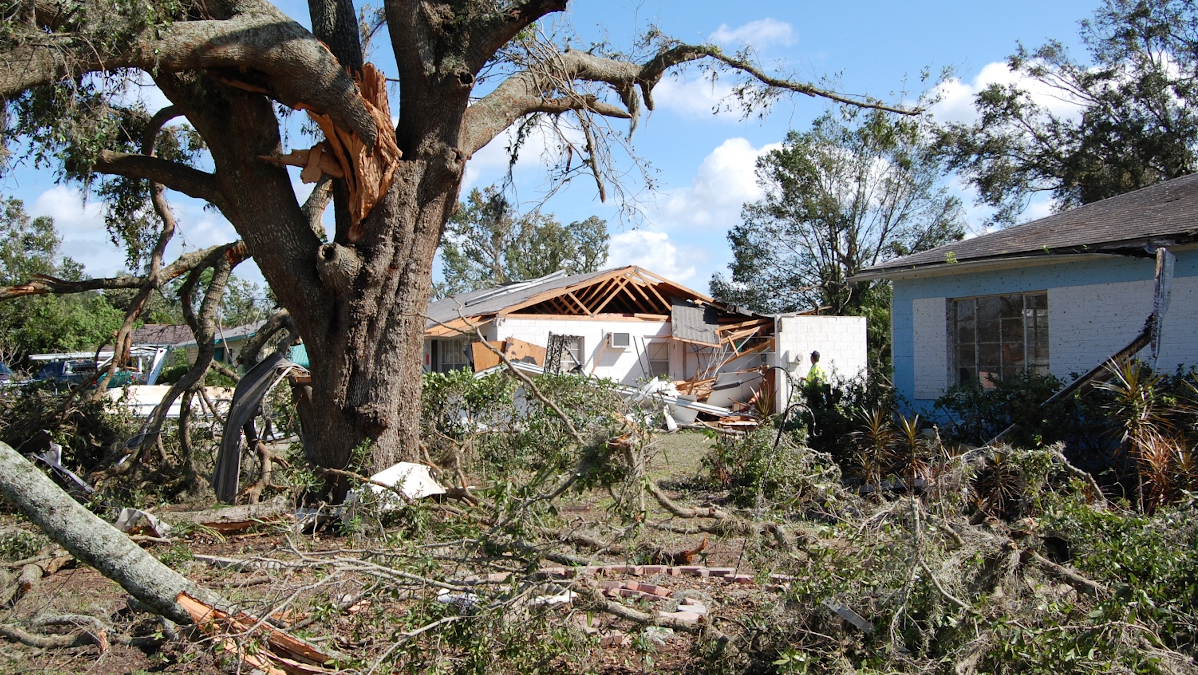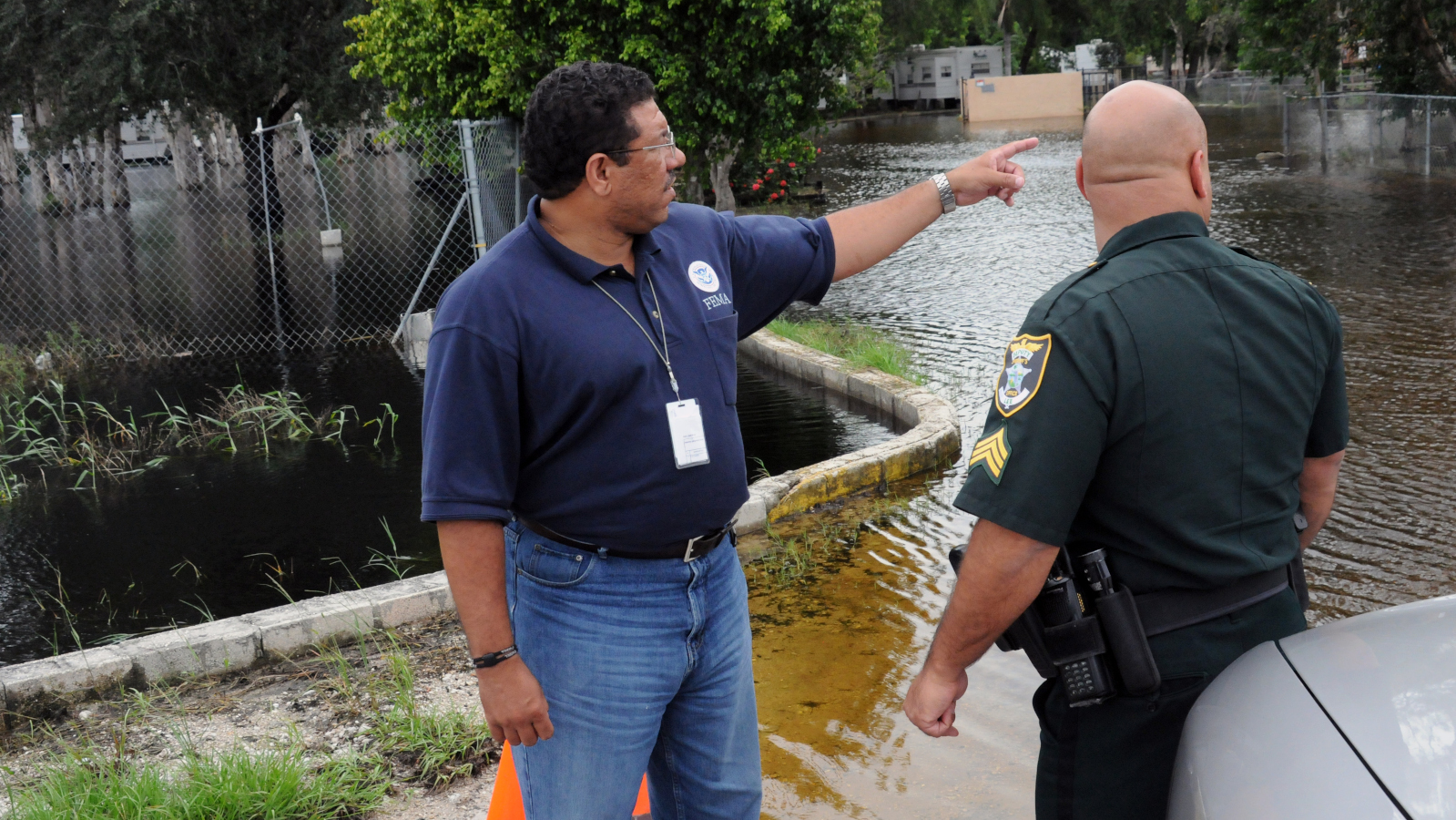
The HO-3 policy covering your home may cover the wind damage from a hurricane or toronado, but it won't cover flooding or earthquake damages. | National Weather Service/Wikimedia Commons
One of the most widely used types of homeowners insurance policy, an HO-3 policy writes coverage on an open-perils basis for the home and other structures on the property.
Any risk that’s not specifically excluded in the policy can be covered. But by offering named-perils coverage for personal property, only damages caused by those events listed in the policy are covered, Kin Insurance reported. Sixteen covered perils typically get included in the HO-3 policy, such accidental water damage, explosions, fire, freezing, theft, vandalism and wind, Bankrate reported.
The property owner must live in their home with no part of it rented. The policy usually covers single-family homes, townhomes or multi-family homes.
An HO-3 policy generally offers replacement cost coverage for the home and your personal belongings. Since depreciation is not a factor in the payout, you’ll get reimbursed for the full value of each item, Bankrate reported.
Basic coverages Bankrate says are found in most homeowners insurance are included in an HO-3 policy, such as:
Dwelling coverage protecting the home’s exterior and attached structures like a garage or porch. Pools, sheds and fences also are covered.
Clothing and furniture and other personal property fall under coverage from covered perils.
The legal fees resulting from a visitor’s injuries while on your property are subject to liability coverage. If you damage someone else’s property, that also is part of the liability coverage.
Medical payments coverage takes care of at least some of the medical expenses a guest who gets injured on your property incurs.
If a covered peril damages your home, forcing a temporary relocation, coverage for additional living expenses will pay for hotel rental, food, parking and laundry expenses.
But what isn’t typically covered by an HO-3 policy? Quite a few common causes for damages, it turns out, including floods, sinkholes, sewer backup, earthquakes and government intervention, Bankrate reported. Lack of care on prevention on the homeowner’s part could lead to out-of-pocket payments also, as the policies don’t cover wear and tear, damage due to lack of maintenance, rust, mold and corrosion. In addition, rodent or pest infestation or damages from your pets are not covered.
Florida residents will want to add flood coverage, while California residents should consider earthquake insurance.
The average homeowner who owns a moderately priced home and whose belongings aren’t worth millions should get an HO-3 policy, Bankrate suggested. Endorsement policies can add coverage beyond policy limits if needed.




 Alerts Sign-up
Alerts Sign-up